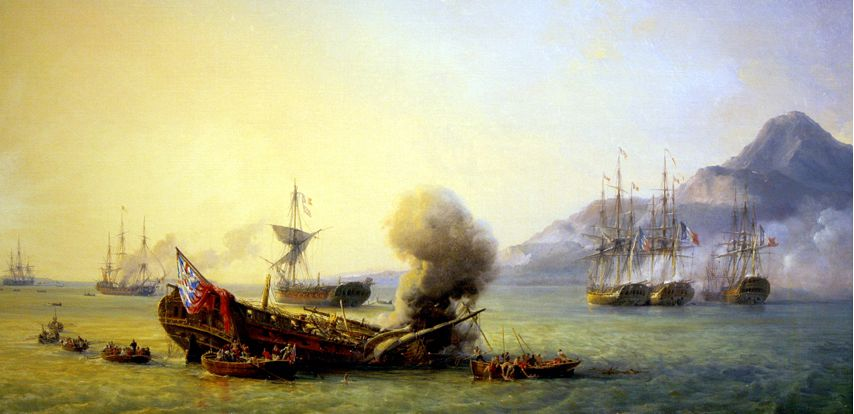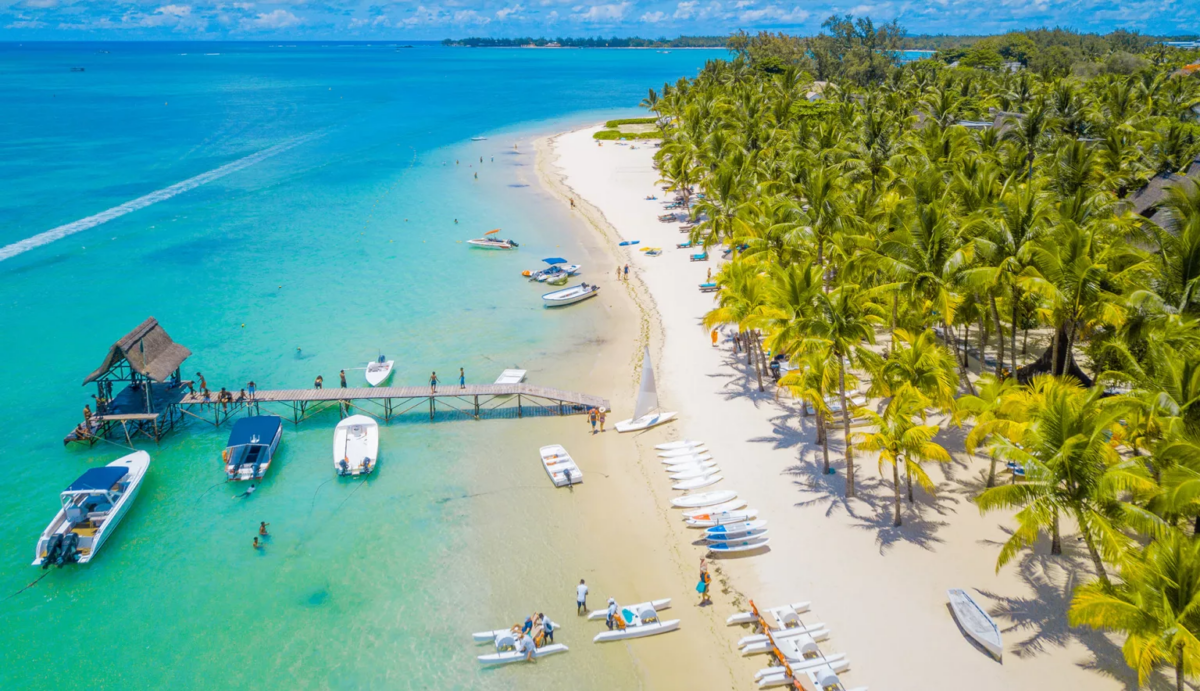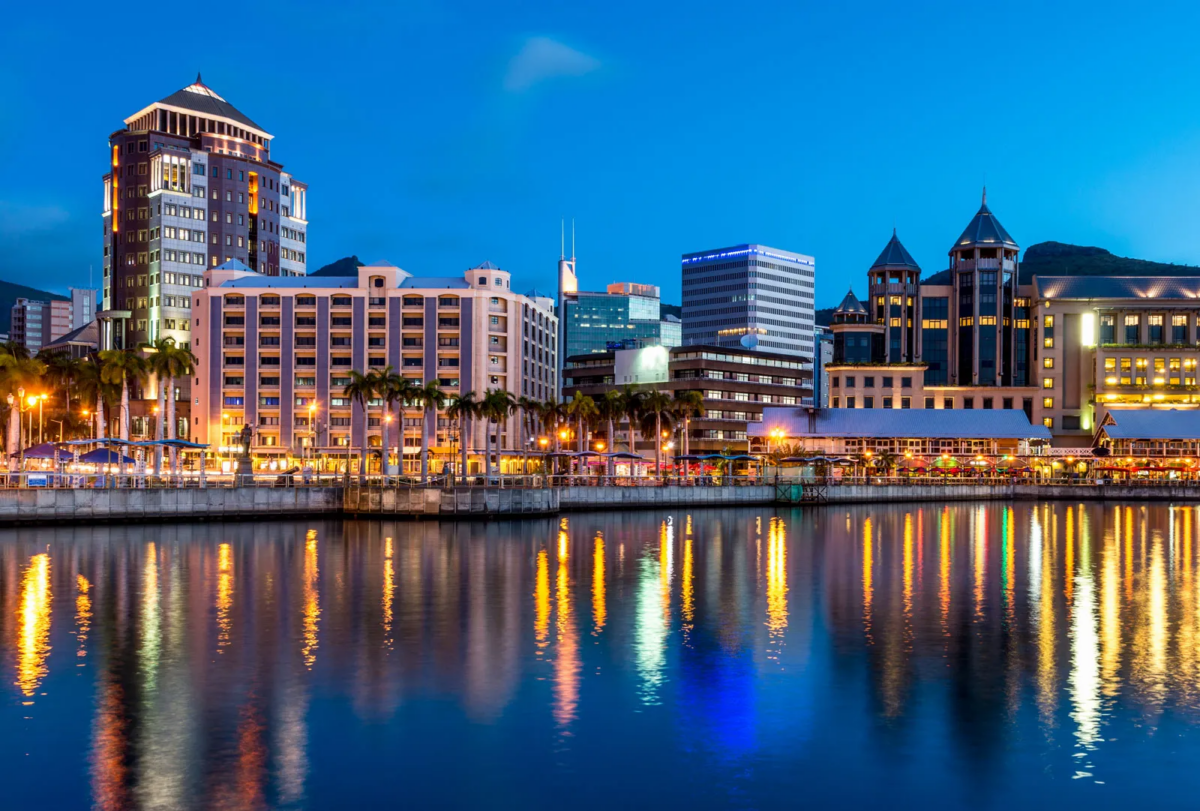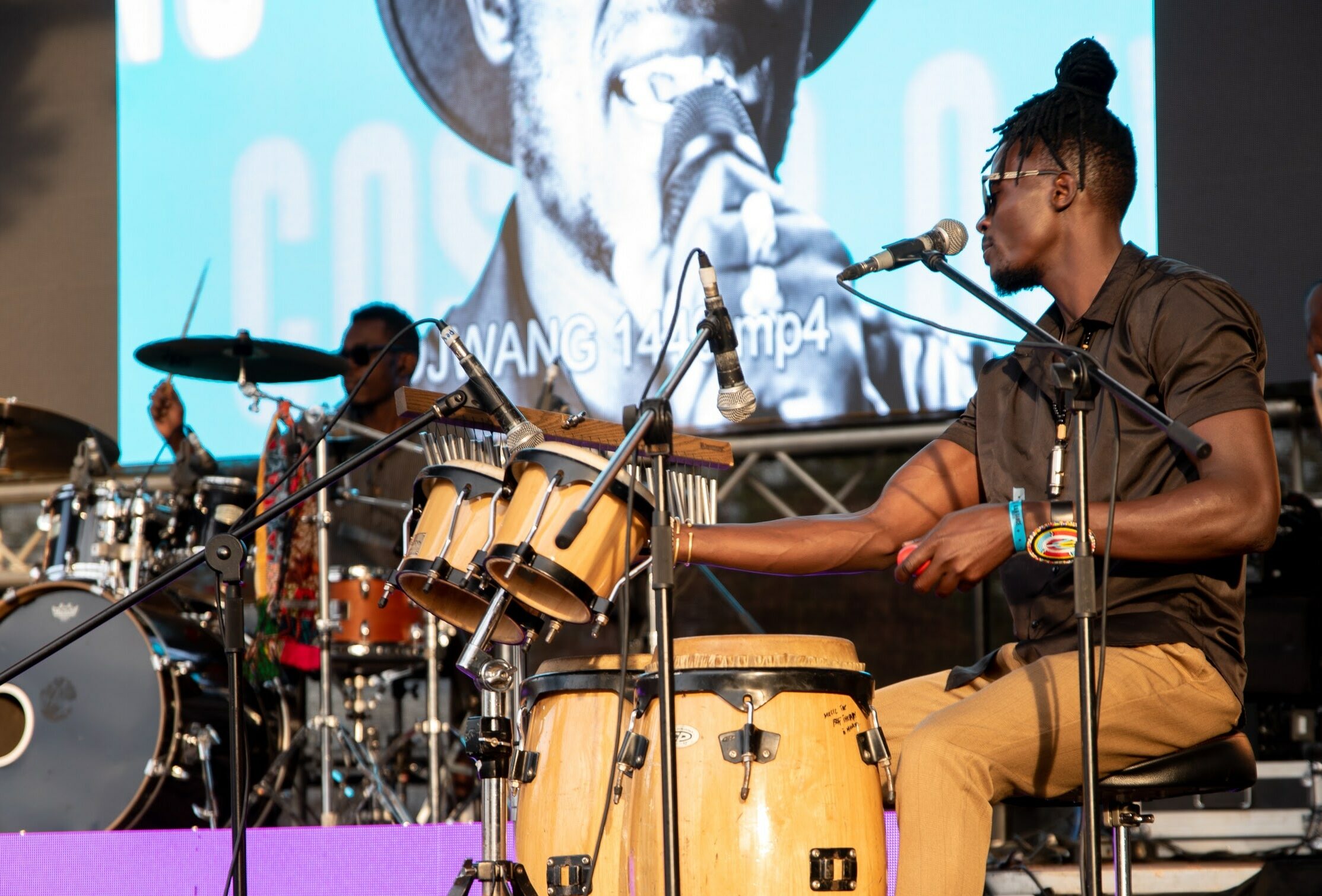Mauritius, a small island nation nestled in the azure waters of the Indian Ocean, is a remarkable blend of landscapes, cultures, and flavors. With a rich history and a thriving economy, this paradise island attracts visitors and business investors alike. Here’s an in-depth look at this multifaceted country.
Key Facts About Mauritius
- Located in the Indian Ocean around 1242 Miles off the southeast coast of Africa
- The official language is English, but French and Mauritian Creole are also widely spoken
- Currency: Mauritian Rupee (MUR)
- Capital city: Port Louis
Geography and Climate
Mauritius, located approximately 1242 Miles to the southeast of the African continent, is part of the Mascarene Islands. This volcanic island nation is characterized by stunning beaches, lagoons, and reefs that encircle most of its coastline. The island’s interior boasts a diverse topography featuring mountains, plateaus, and lush forests. Read Also: 8 African Countries at the Forefront of Climate Awareness
The climate of Mauritius is tropical, with two distinct seasons: a warm, humid summer extending from November to April and a relatively cool, dry winter from June to September. The island’s location in the southern hemisphere means that the warmest months coincide with the end of the calendar year, while the coolest months fall mid-year. Despite the marked seasonal differences, the temperatures remain moderate and pleasant throughout the year, making Mauritius a year-round destination.

History of Mauritius
The story of Mauritius is a fascinating journey through time. Though first known to the Arabs in the 9th century AD, around 975 AD, the narrative of modern Mauritius began in 1638 when the Dutch officially settled on its shores. After abandoning the island, control passed to the French, who christened it ‘Isle de France‘ in 1715. A century later, the British wrested control during the global turmoil of the Napoleonic Wars, restoring its original name, Mauritius.
In 1810, the British seized the island and renamed it Mauritius. Under British rule, the island’s infrastructure and legal system were developed. The abolition of slavery in 1835 led to an influx of indentured laborers from India, which greatly influenced its cultural landscape.
A pivotal moment in Mauritian history arrived in 1968 when the island waved goodbye to centuries of colonial rule and embraced independence. Continuing its evolution, Mauritius proclaimed itself a republic in 1992, celebrating a new chapter of self-governing and prosperity. Today, Mauritius is a democratic republic and a testament to the peaceful coexistence of diverse cultures. The island nation’s history has shaped its present, with each era leaving its distinct imprint on the country’s language, culture, and development.

Culture and Traditions
The culture and traditional diversity are the soul of Mauritius, reflecting a unique meld of influences from three continents: Africa, Asia, and Europe. This multicultural society is home to a rich heritage of traditions inherited from the ancestral lands of its population. Recognizing six religious groups – Hindus, Roman Catholics, Muslims, Anglicans, Presbyterians, and Seventh-day Adventists – the Mauritian government underscores the pluralistic character of the nation.
Languages are just as varied. English holds official status, but French and Creole resonate in the bustling markets and tranquil villages. A testament to the island’s multicultural identity, many Mauritians converse fluently in Asian languages, including Hindi and Mandarin. Read Also: East Africa’s hidden tourism treasures in the Indian Ocean
Festivals, predominantly religious in nature, are celebrated with much pomp and show, illuminating the island’s cultural diversity. Some of the most renowned festivals include the Chinese Spring Festival, Thaipoosam Cavadee, Holi, Maha Shivratree, Eid Ul Fitr, and Ganesh Chathurti. Each event offers a unique spectacle filled with color, dance, food, and communal harmony.
Mauritian attire is a harmonious blend of traditional and modern styles. While contemporary clothing is common in day-to-day life, traditional attire such as saris and churidaars are donned during festivals and special occasions, adding a splash of cultural color to the festivities.
The Sega dance, originally the “soul dance” of the exiled African slaves, is a deeply rooted tradition in Mauritius. This expressive dance form has become a Mauritian identity symbol, embodying the island’s rhythmic spirit. Visitors can experience this cultural treasure at various hotels and resorts or attend traditional Sega shows, witnessing the colorful dance moves firsthand.

Food and Cuisine
Mauritian cuisine is a delightful fusion of influences from Africa, China, Europe (particularly France), and India (especially Bhojpuri), reflecting Mauritius’s multicultural mosaic. The most common ingredients include a vibrant array of vegetables such as tomatoes, onions, lady’s fingers, eggplants, and chayote, along with aromatic staples like garlic and chilies. Rice and an extensive variety of seafood also feature heavily in Mauritian gastronomy, hinting at the island’s abundant natural resources.
The cuisine is distinguished by its diverse and robust flavors, achieved through the use of spices such as chili peppers, cardamom, and cloves that are generously incorporated into many dishes. Popular Mauritian dishes that showcase this plethora of flavors include Bol Renversé, an inverted bowl of rice topped with stir-fried vegetables and meat; Boulettes, steamed dumplings usually served in a broth; Briyani, a flavorful rice dish cooked with meat and spices; Dholl Puri, a type of flatbread stuffed with ground yellow split peas; and Gateau Piment, spicy fried lentil balls.
Mine Frite, a stir-fried noodle dish, pays homage to the island’s Chinese influence. Seafood, including fish and crab, stars prominently in Mauritian stews and curries, displaying the island’s bountiful marine treasures. The unique blend of culinary traditions from France, Africa, India, and China has resulted in a rich and diverse food culture, making the cuisine of Mauritius a true reflection of its multicultural heritage. The Mauritian table, abundant with various flavors and dishes, paints a delicious picture of the diverse cultures that have molded the island’s history.

Tourism in Mauritius
Mauritius has firmly established itself as a leading destination for tourism, offering many attractions that cater to every type of traveler. The island’s stunning natural beauty, from its pristine beaches to its verdant interior, offers endless opportunities for exploration and adventure. Visitors can enjoy different activities, including snorkeling and scuba diving in crystal clear waters, hiking in the Black River Gorges National Park, or simply relaxing on the sun-kissed beaches.
The island is also home to a number of historical sites and cultural attractions. The UNESCO World Heritage-listed Aapravasi Ghat, which marks the first large-scale use of indentured labor in the British Empire, is a poignant reminder of the country’s colonial past. The vibrant capital city, Port Louis, offers a bustling market, historic Chinatown, and the Blue Penny Museum, housing rare Mauritian stamps.
Moreover, Mauritius’s luxurious resorts and spas, renowned for their exceptional service and amenities, offer relaxation and rejuvenation. From beachfront villas to mountain lodges, accommodation suits all tastes and budgets.
The warmth and hospitality of the Mauritian people add a unique charm to the visitor experience. The island’s diverse cultural heritage is showcased through its local festivals, music, and dance, providing a rich cultural tale for visitors to immerse themselves in.

Economical Landscape
Mauritius has emerged as one of the most robust economies in the African region, with its well-orchestrated diversification strategy. Initially reliant on sugar exports, the Mauritian economy has successfully diversified into textiles, tourism, and, more recently, financial services, Information and Communication Technology (ICT), and real estate. Mauritius has shown consistent growth rates as an upper-middle-income economy, notwithstanding the global economic headwinds.
The financial services sector, in particular, has shown impressive growth, with Mauritius positioning itself as a credible international financial hub. The island has attracted many international businesses and investors by offering a favorable business environment, solid regulatory framework, and robust infrastructure.
Tourism, another key pillar of the economy, plays a crucial role in creating employment and generating foreign exchange earnings. With its stunning landscapes, cultural heritage, and warm hospitality, Mauritius continues to thrive as a premium tourist destination.
The country has also made concerted efforts towards promoting sustainable development, focusing on renewable energy and sustainable agriculture, thereby ensuring the long-term resilience of its economy.
Despite these achievements, like many island economies, Mauritius faces challenges such as dependency on foreign trade and susceptibility to global market fluctuations. However, with its proactive economic policies and commitment to continuous improvement, Mauritius seems well-positioned to navigate these challenges and continue its growth trajectory.
Bottom Line
Mauritius is a tiny nation with a grand reputation—a place where history speaks through centuries-old ruins and where every street corner tells a story of cultural amalgamation. Its vibrant economy tells of ambition and foresight, while its warm and vivacious people embody the spirit of community and coexistence. There is no doubt that Mauritius is a jewel of diversity and innovation, shining brightly as a beacon of unity and economic prosperity.



